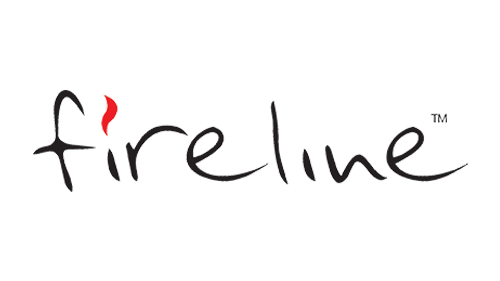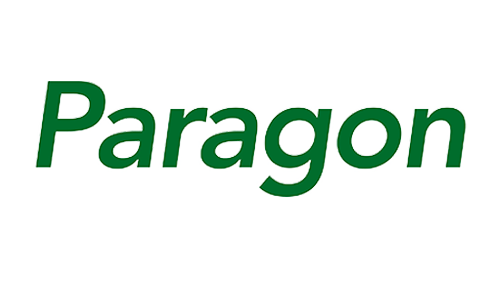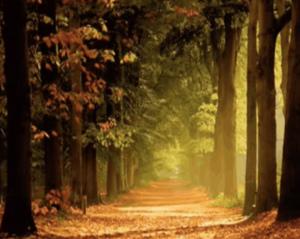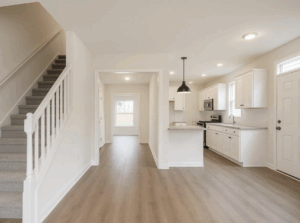As the leaves start to fall and temperatures drop, UK homeowners turn their attention to making their homes cosy and warm for autumn. Preparing your home for the colder months involves ensuring that your heating systems are safe, efficient, and ready to provide warmth and comfort. The way we have prepared for the colder months since the mid-20th century has change, almost beyond recognition.
Wood-Burning Stoves: Warmth and Ambience the Traditional Way
There’s nothing quite like the crackle and glow of a wood-burning stove on a crisp autumn evening. Wood-burning stoves are loved for their rustic charm and high heat output, providing both warmth and a focal point in any room. To ensure your stove is ready for the season, it’s essential to give it some TLC after months of inactivity. Here are some key steps to prepare a wood-burning stove for autumn:
Sweep the Chimney and Inspect the Flue: Since the chimney is the “engine” of your stove, having it swept at least once a year is crucial. Use a qualified chimney sweep to remove soot, creosote, and any blockages (such as bird nests) and to inspect the flue for cracks or leaks. A clean chimney ensures a good draft, prevents smoke back-up, and reduces the risk of dangerous chimney fires. The general recommendation is, as an absolute minimum, an annual sweep, with many more sweeps if you use the stove a lot. This simple step will help your stove draw properly and burn fuel efficiently.
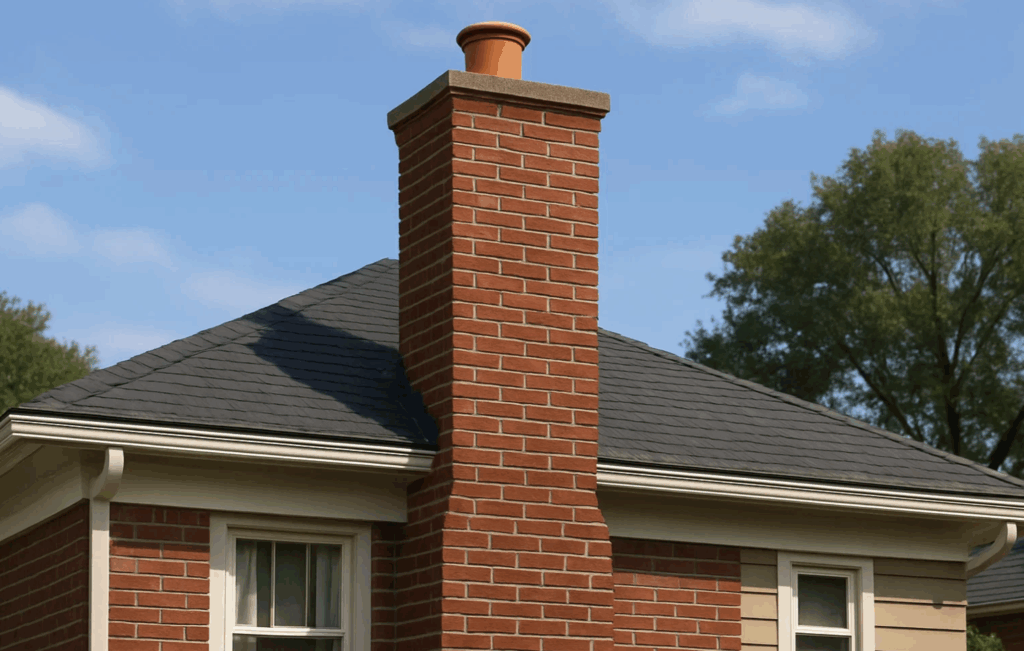
Service the Stove (Your “Pre-Season MOT”): Give the stove itself a thorough once-over before lighting that first autumn fire. Check that door seals (rope seals) are intact and airtight, replacing them if worn. Inspect the glass window for any cracks and ensure the firebricks inside aren’t damaged, as cracks can reduce efficiency or pose safety issues. Empty out old ash and debris from the firebox, while leaving a thin layer of ash can help insulate the base, you don’t want excessive buildup. Also, examine the external parts: the stove pipes, joints, and the hearth for any signs of wear or gaps that could let in drafts. Taking time for this basic maintenance will keep your stove running reliably and efficiently throughout the colder months.
Stock Up on Proper Fuel: Autumn is the time to order your firewood and ensure it’s the right kind. Use only seasoned or kiln-dried logs that are Ready to Burn certified, meaning they have low moisture content. Dry wood ignites more easily, burns hotter, and produces far less smoke and soot than damp or “green” wood. Burning wet wood wastes energy by boiling off water, leading to excess smoke and creosote in the chimney. Softwood logs are great for getting the fire started, while hardwood logs burn longer and are ideal once the stove is hot. It’s a good idea to buy fuel early before demand (and prices) peak in winter, and if you have an indoor log store or outdoor wood shed, stack your logs in a dry, ventilated area to keep them in top condition.
Our Woodtec FCS Wood-Burning Stove:

Safe Operation and Alarms: Before you fire up the stove, test your smoke alarms and carbon monoxide (CO) detectors. Any solid-fuel appliance can produce CO, so it’s vital these alarms have fresh batteries and are working properly. Also, ensure you have a sturdy fireguard if children or pets are around, and that the room is adequately ventilated when the stove is in use. These simple safety checks give peace of mind so you can enjoy the cosy glow worry-free.
Today’s wood-burning stoves are more efficient and cleaner-burning than the open coal fires of decades past. Modern designs incorporate features such as airwash systems to keep the glass clear and secondary burn chambers to minimise smoke.
Gas Fires: Convenience and Cosy Heat at the Flick of a Switch
Gas fireplaces, and gas-fueled central heating, are very common in UK homes today, and for good reason. They offer the push-button convenience of instant flames and steady heat, without the need to chop wood or clean up ashes. Many households use gas fires as a focal point in living rooms or rely on gas-fired boilers and radiators to heat the entire home. If you have a gas fire or gas heating system, here’s how to prepare it for the autumn season:
Professional Servicing: Unlike a wood stove, a gas fire has no chimney soot to sweep, but it does require an annual service for safety and efficiency. Before the cold weather sets in, have a qualified Gas Safe registered engineer inspect and service your gas fire or boiler. They will clean the burners, check ignition and flame quality, ensure vents or flues are clear, and verify that all gas connections are sound. Regular servicing is essential; not only does it keep the appliance running efficiently, but it also prevents hazards like gas leaks or carbon monoxide buildup. Remember, by law, any work on gas appliances must be done by a Gas Safe engineer, and you should receive a certificate of safety. Don’t forget to test your carbon monoxide alarm in the room. Gas fires are designed to vent safely, but an alarm is a critical backup in case of any malfunction.
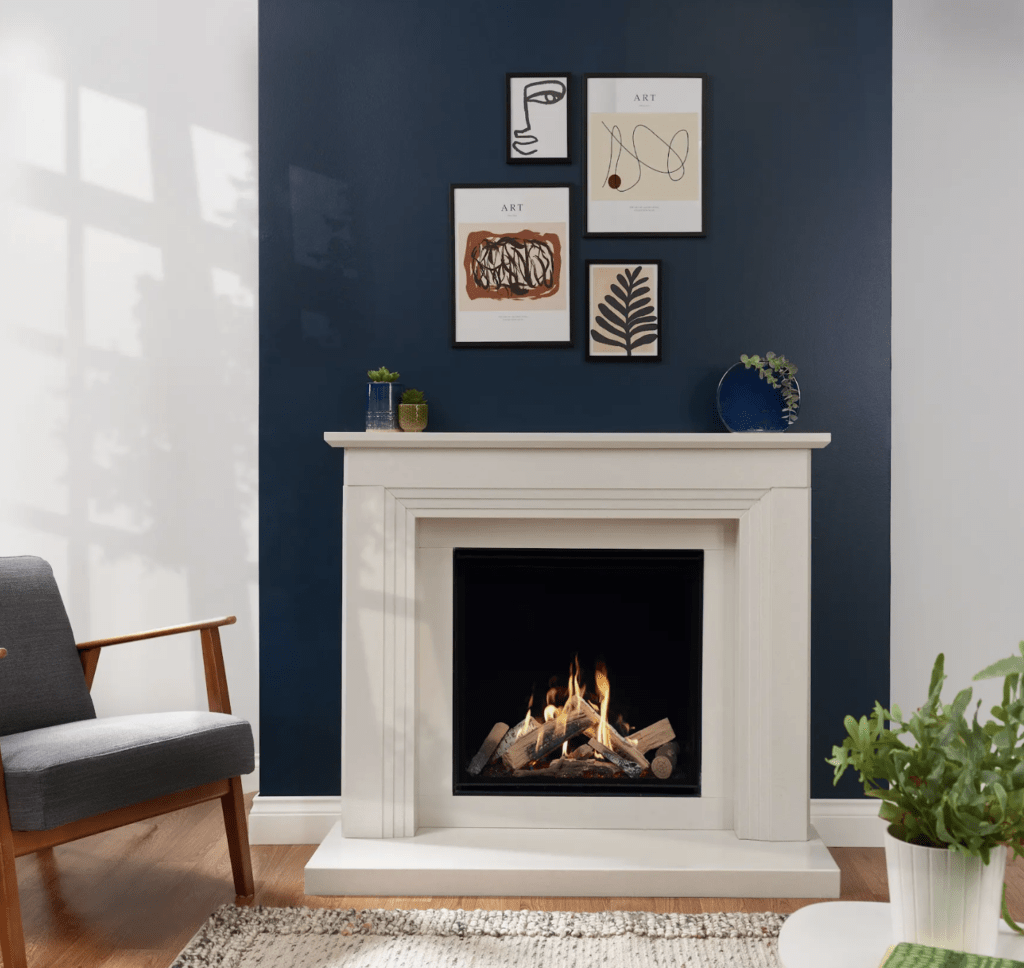
Clean and Check: Dust off the vents, grilles, or air inlets of your gas fire to ensure nothing is obstructed after months of it not being used. If your gas fireplace has a glass front, give the glass a gentle clean so you can fully enjoy the flame display. It’s also wise to replace the batteries in your remote control or thermostat, if it uses any, and make sure any pilot lights light properly. If you have central heating, this is a good time to bleed your radiators (to remove air pockets) and check the boiler pressure. Ensuring proper airflow and clean components will help your gas fire run at its best.
Fuel Supply and Efficiency: One advantage of gas fires is not having to stockpile fuel, as long as you’re connected to the mains or have an LPG cylinder, you’re set. However, take a moment to ensure your gas supply or tank is in order (e.g. if you use LPG bottles for a portable gas stove, have a full spare). Modern gas fires are much more efficient than old open coal fires. Many glass-fronted models can achieve up to 75–90% efficiency, meaning most of the heat actually goes into your room rather than up the chimney. By contrast, a traditional open flame in a hearth might be only 20–30% efficient, with a significant amount of heat lost. If your gas fire is an older model, consider upgrading to a new, high-efficiency one to save on heating bills.
Gas heating truly took over British homes in the late 20th century. In fact, as of 2019, approximately 90% of UK homes have a boiler and radiators, typically gas-fired, as their primary heating system, marking a remarkable shift from the mid-20th century. The 1960s and 70s saw a rapid transition from coal to gas heating. In 1963, roughly 70% of UK homes were still heated by coal fires, but by 1977, nearly half of homes had switched to central heating fueled by natural gas. The discovery of North Sea gas and government campaigns, such as the “Guaranteed Warmth” initiative, drove this conversion. Compared to hauling coal and tending a fireplace, gas offered cleanliness and ease, and soon became the default heating fuel for most households. However, with climate targets on the horizon, even this reliable standby is starting to change. For now, though, a well-maintained gas fire or boiler will reliably keep your home snug as autumn sets in.
Electric Fires: Modern Comfort and Flexibility
Electric fires have surged in popularity in recent years as an attractive and low-fuss way to add warmth and atmosphere to a home. These appliances utilise electrical heating elements and LED flame displays to simulate the appearance of a real fire. Some fires in the Charlton & Jenrick range include unique crackling sound effects too, as found with the Opulus and Luminosa fires. For modern homes, especially those without chimneys or gas supply, electric fires are a convenient option.
Here’s how to get an electric fire autumn-ready and why you might consider one:
Quick Check and Clean: Preparations for an electric fire are straightforward. First, inspect the power cable and plug for any wear or damage, especially if it’s been moved or stored over the summer. Clean out any dust from air intakes or the interior using a soft brush or vacuum. Dust can accumulate on the heating element or fan and should be removed with the unit unplugged. If your electric fire has a filter or air outlet, ensure it’s clear of dust. Next, test all the settings and features. Turn on the flame effect, as most allow you to have flames alone without heat. Then, test the heat at both low and high settings to confirm the heater is working properly. If there’s a remote control or an app, replace the batteries and verify the controls work remotely. Because electric fires don’t produce real flames, there’s no ventilation or fuel to worry about, making them extremely low maintenance. Just make sure the wall socket or spur supplying it is in good condition and not overloaded with other devices; high-wattage heaters should ideally be on their own circuit to avoid tripping fuses.
Our Luminosa 110 Electric Fire:
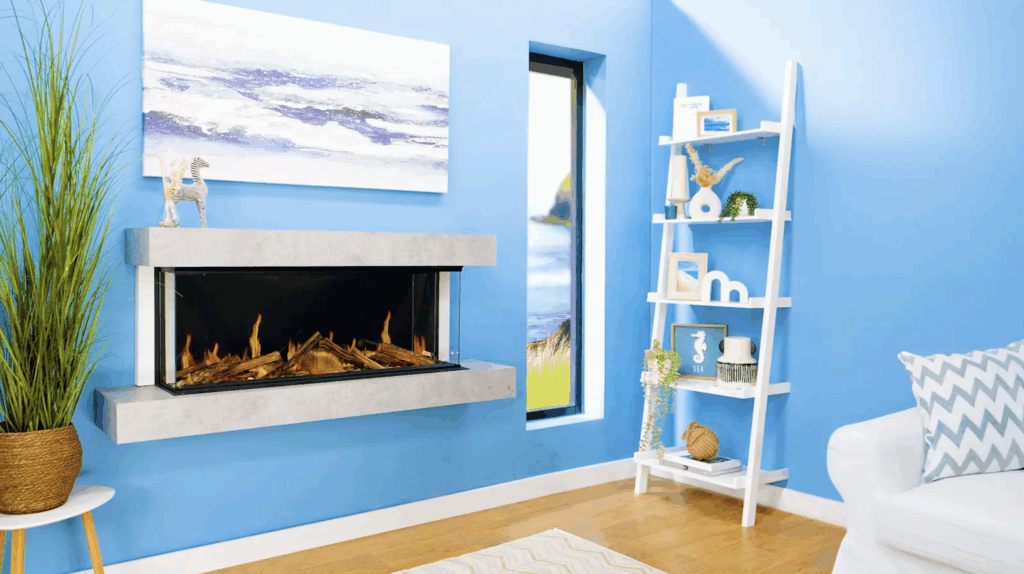
Energy Use and Room Heating: Most electric fireplaces have heat outputs of around 1–2 kW, which is sufficient to take the chill off a room or supplement central heating. While electric heat can be pricier per kWh than gas, these fires are 100% efficient; all the electricity is converted into heat, with none lost up the flue. If you have a larger space, look for models with integrated fans that help circulate warm air throughout the room. Remember that electric fires are essentially space heaters; they’re best for heating the immediate area you spend time in, rather than an entire house. The big advantage is precision and flexibility: you can instantly turn them on or off, run them with flame effect only, for ambience when heat isn’t needed, and you avoid the dry air issue that some central heating systems cause. To manage costs, you might use an electric fire to heat the living room during mild autumn evenings instead of firing up the whole-house heating.
Ambience and Style: Modern electric fires excel at creating a cosy atmosphere. Many electric fires in the Charlton & Jenrick range feature incredible flame realism with LED lighting, Real Flame Technology™️, active glowing ember fuel bed and real visual depth, creating a fabulous look. You can choose from freestanding electric stoves that resemble a vintage wood stove, wall-mounted panoramic fires for a contemporary look, or inset electric fires that fit into a standard fireplace opening.
Now and Then – How Heating and Preparing for Autumn and Winter Has Evolved. 1950s vs Today:
It’s interesting to see how our autumn and winter preparations at home have changed over the decades. Modern homes are not only warmer and easier to heat than those in the 1950s, they’re also safer and generally healthier. Let’s draw a few comparisons between then and now:
Primary Heating Source: In the 1950s UK, hardly any homes had central heating; the norm was a single coal fire in the living room, which might be the only heat source for the entire house. Families would huddle in that one warm room on winter evenings. If it was particularly cold, people improvised, for example, opening the door of the gas oven to heat the kitchen a little. Bedrooms, halls, and bathrooms were often ice-cold.
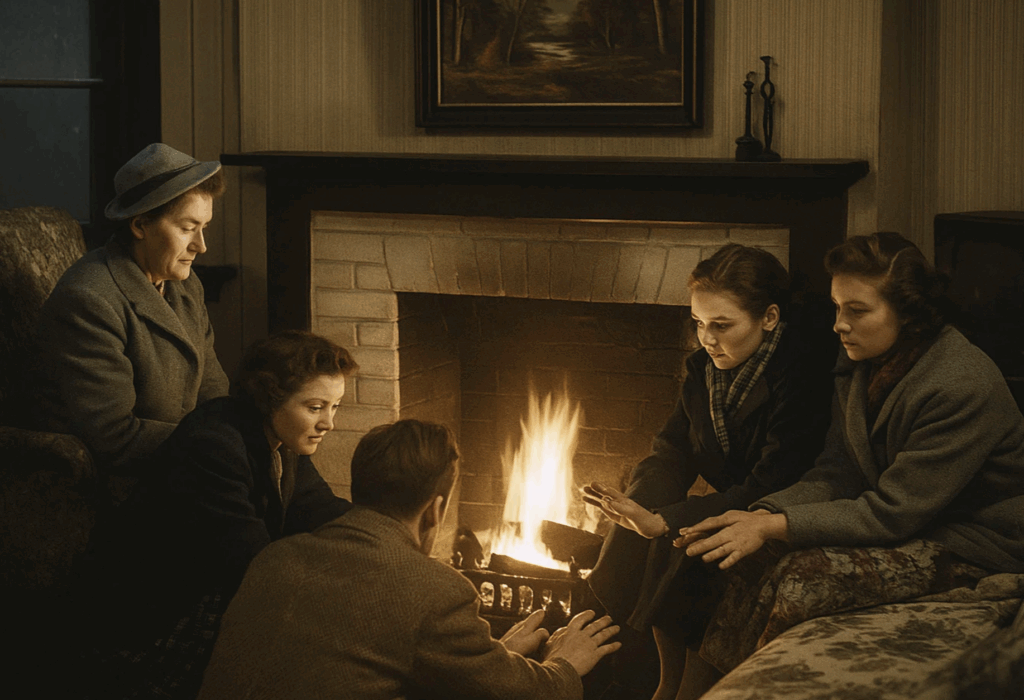
Fast forward to today, and central heating, usually gas-fired, is commonplace, with radiators or underfloor heating spreading warmth throughout almost every room. According to various surveys, over 92% of homes in England and Wales have central heating systems installed, and around 74% use gas central heating exclusively. This means that for most of us, every part of the home can be kept at a comfortable temperature with the flick of a thermostat. Instead of shivering in one room and dreading trips to a freezing loo, we now expect uniform warmth and have the luxury of heating as needed in different areas.
Supplementary Heating: Decades ago, those without full central heating might have used portable paraffin or electric heaters in specific rooms, or simply piled on blankets. Many older generations recall warming the bed with hot water bottles or a coal-fired water heater (back boiler) that heated one tank of water for bathing. Today, our supplementary heating tends to focus more on comfort and aesthetics, as seen in the growing range of wood-burning stoves, gas fires, and electric fires that have been previously discussed. These appliances are often in addition to central heating, providing an extra cosy focal point or allowing us to heat just the living room on a cool autumn evening without having to fire up the whole system. The mindset has shifted from necessity (e.g., carrying a bucket of coal upstairs to start a fire in a bedroom fireplace) to ambience and efficiency (e.g., setting a living flame fire for atmosphere, or using zone heating to save energy).
Insulation and Home Design: Homes built in the mid-20th century were notoriously draughty by today’s standards. Single-glazed windows, little or no loft insulation, and gaps in floorboards were common. It was typical to find frost on the inside of windows on winter mornings due to poor insulation. Part of preparing for winter back then simply meant bracing yourself for the cold: thick curtains, draught excluders (“sausage” cushions by the door), and wearing layers indoors. Modern homes, in contrast, are built or retrofitted with double or triple glazing, insulated walls and roofs, and sealed windows/doors that keep the heat in. This dramatically improves comfort, eliminating the need to wake up to icy bedrooms or deal with frozen pipes, which were once a frequent occurrence.
Fuel and Environmental Concerns: In the 1950s, coal was king, cheap and abundant; it powered not just home fires but also electricity generation and industry. The downsides were visible smog and excessive pollution. Over time, the Clean Air Act and other regulations were introduced following events such as the Great Smog of 1952, during which people gradually transitioned to cleaner fuels, first from coal to gas and eventually to electricity. Now, we’re conscious not only of visible smoke but of carbon footprints and air quality. The fact that coal is no longer sold for home heating in the UK, and wood-burning stoves reach high emission standards, shows how much priorities have shifted.
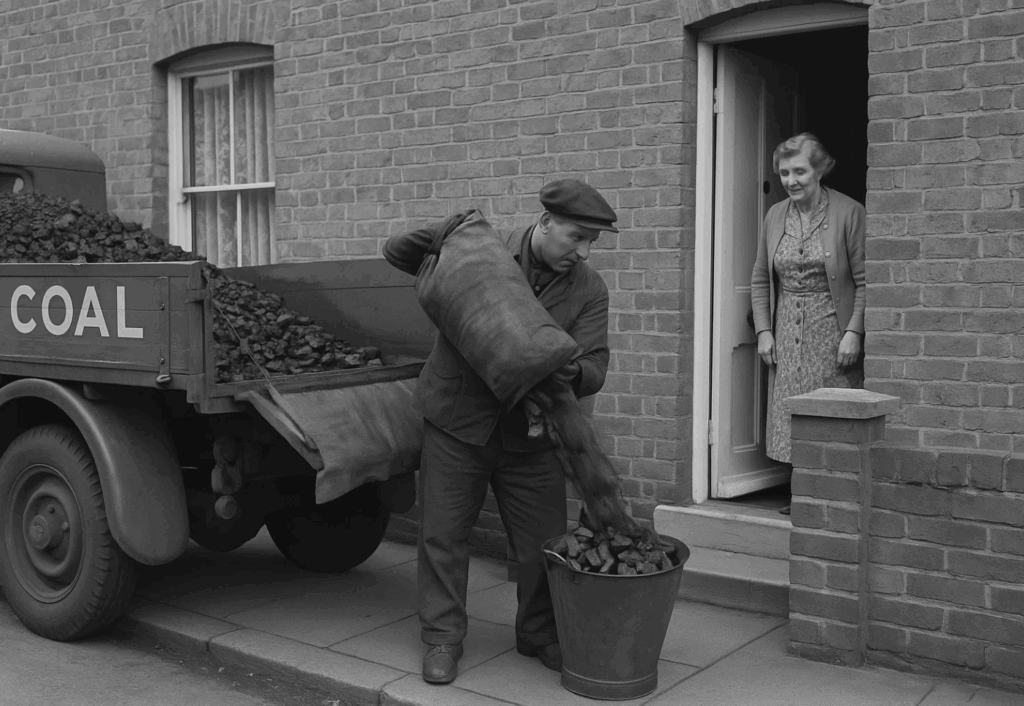
A homeowner in 2025 is likely to be thinking about energy efficiency ratings, smart thermostats, and maybe even how to integrate renewable energy, concepts that simply weren’t on the radar in the 1950s. We’ve transitioned from an era of open fires and coal scuttles to one of condensing boilers, smart heating controls, and low-carbon heating pilots.
In summary, preparing a home for autumn and winter in the 1950s involved jobs such as ordering coal, cleaning out the fireplace, and ensuring you had enough blankets, as well as possibly a spare paraffin heater. It also meant resigning oneself to seeing your breath in the morning cold and scrubbing soot off the walls each spring.
Today, our autumn preparation is more about proactive maintenance, servicing boilers, sweeping chimneys, testing alarms, and perhaps adding cosy touches like new throw blankets or seasonal décor around a clean, efficient fireplace. The comfort gap is enormous: we’ve transitioned from homes where you could freeze in one room while roasting in another to homes that maintain an even, controlled warmth at the press of a button. And with ongoing improvements, the future promises to make that warmth greener and even more efficient.





